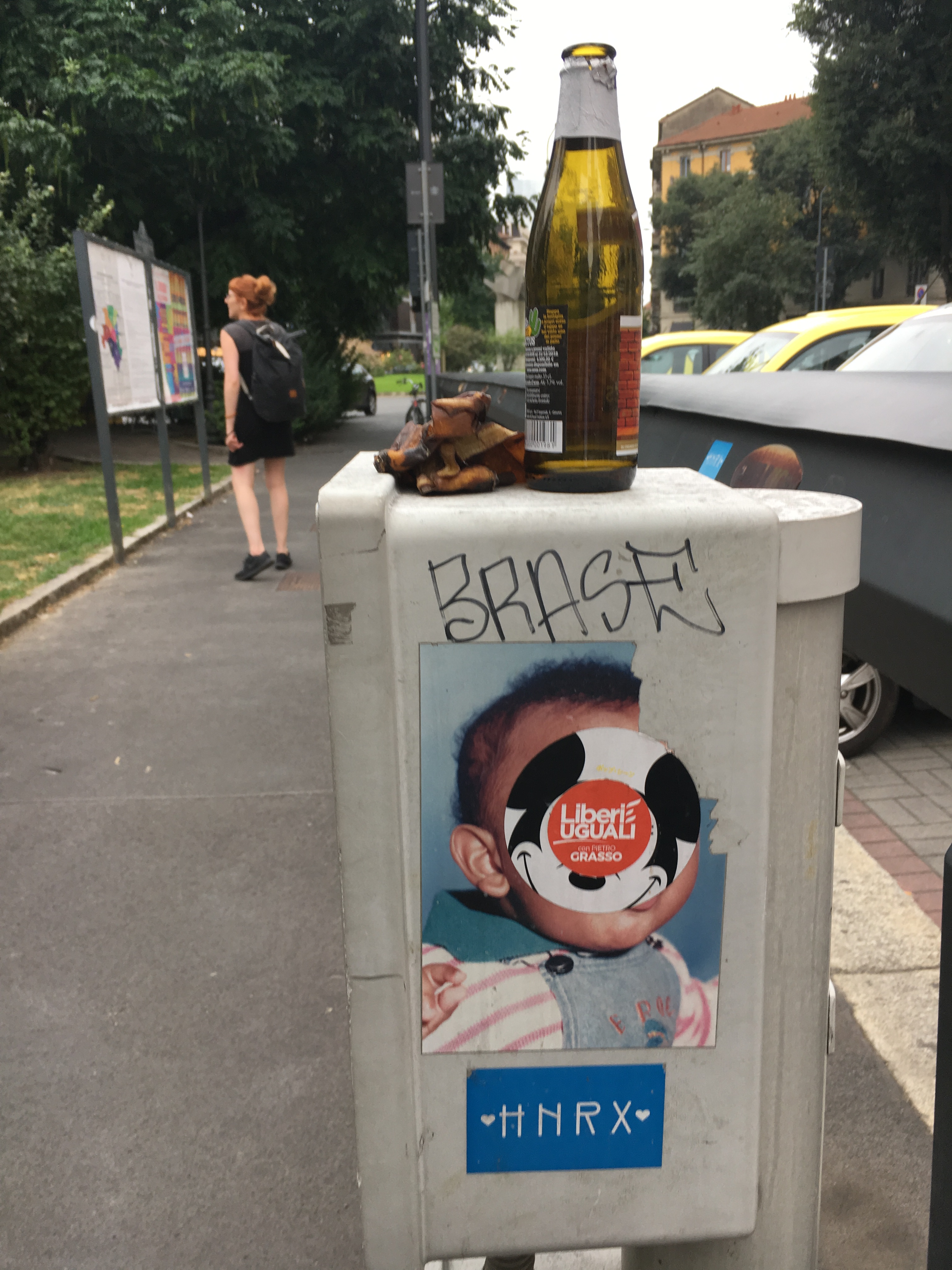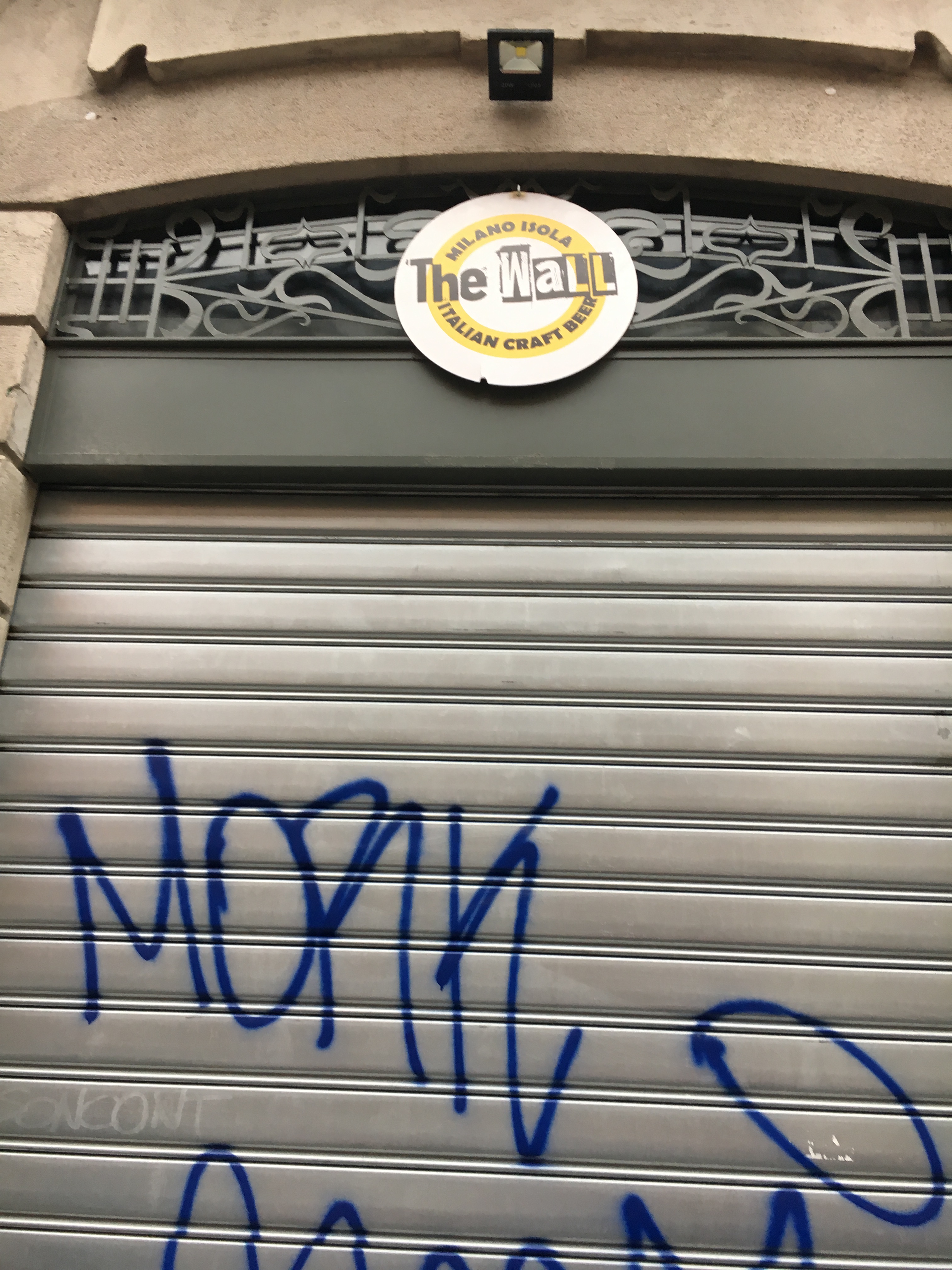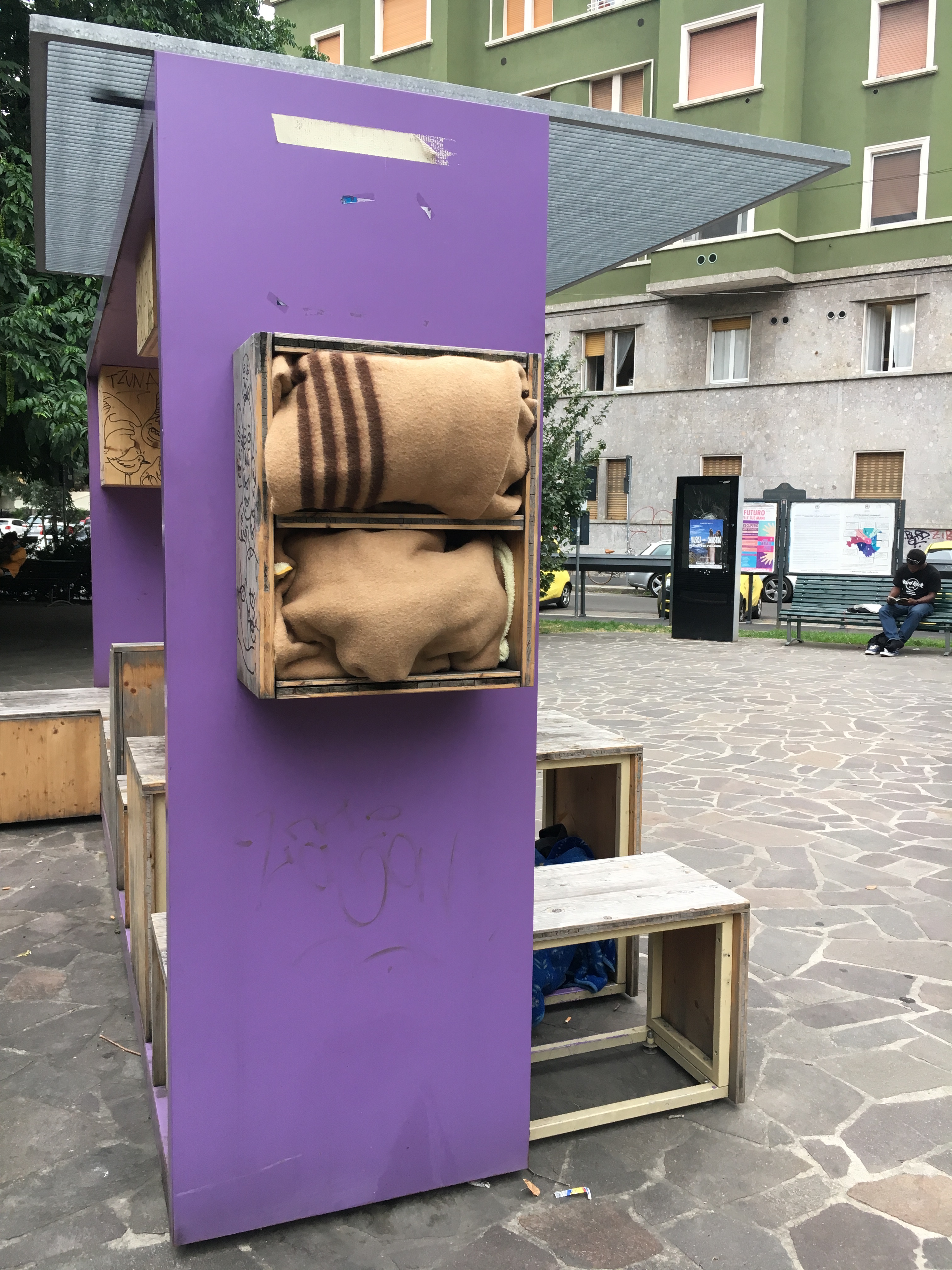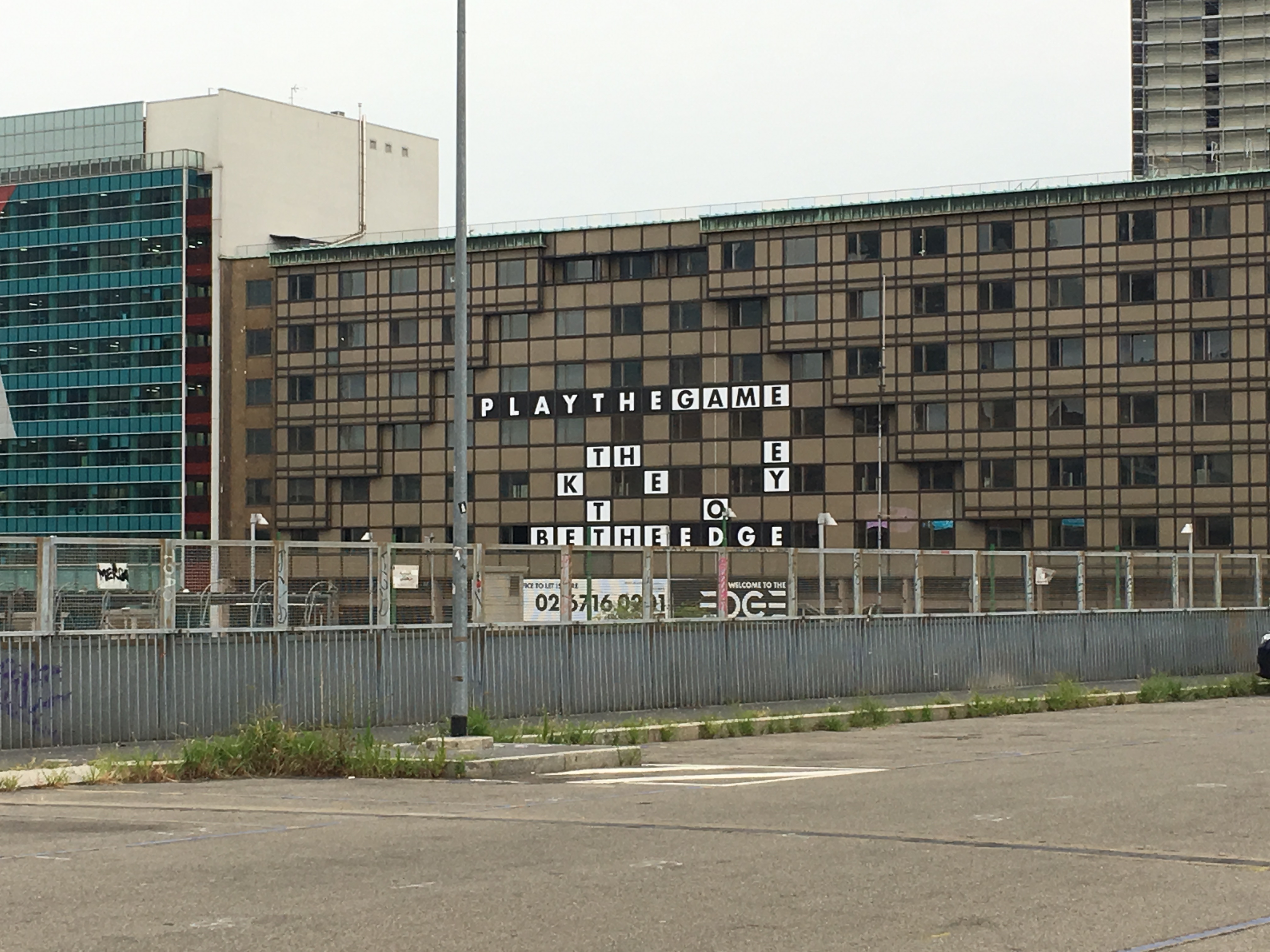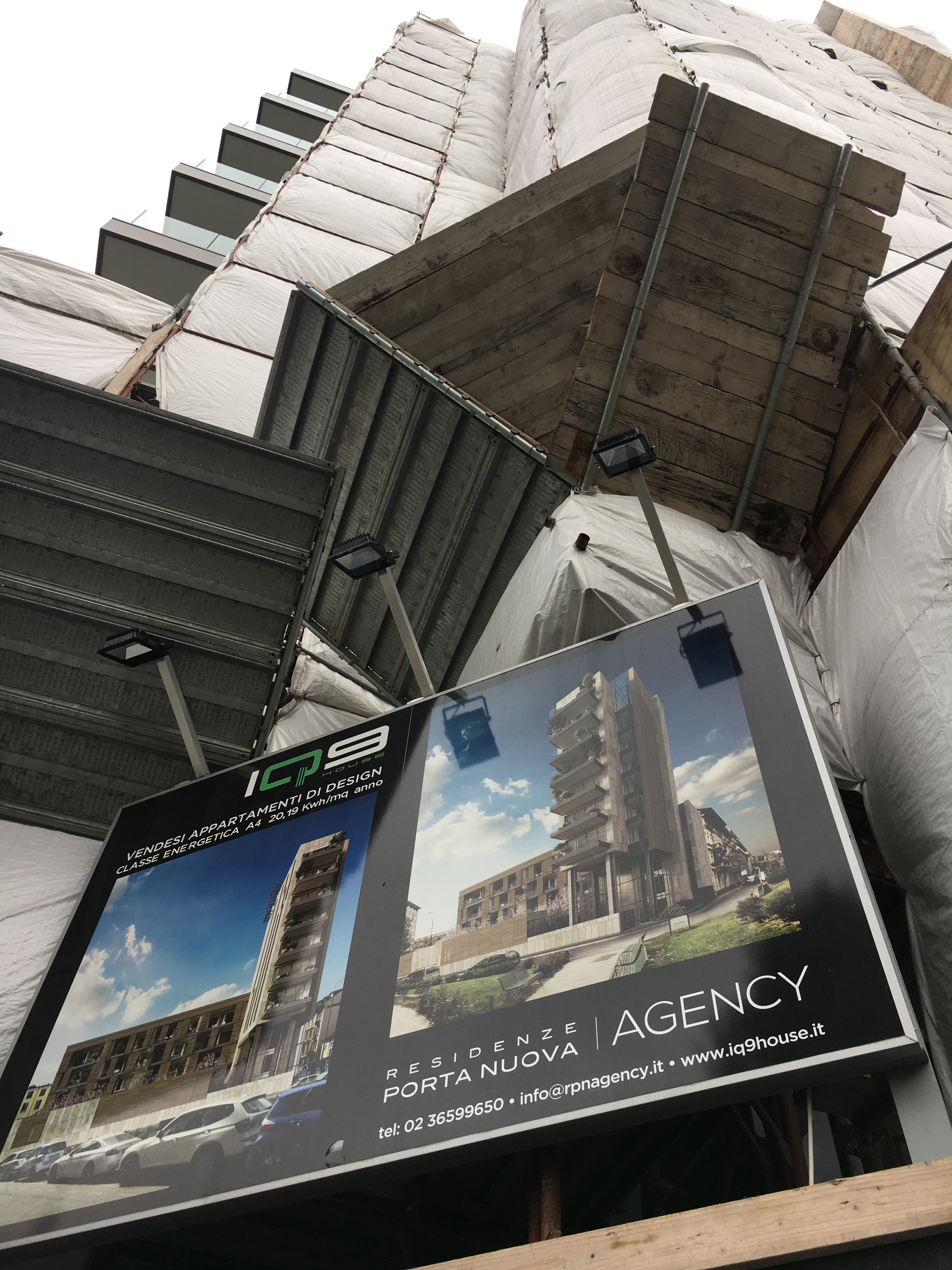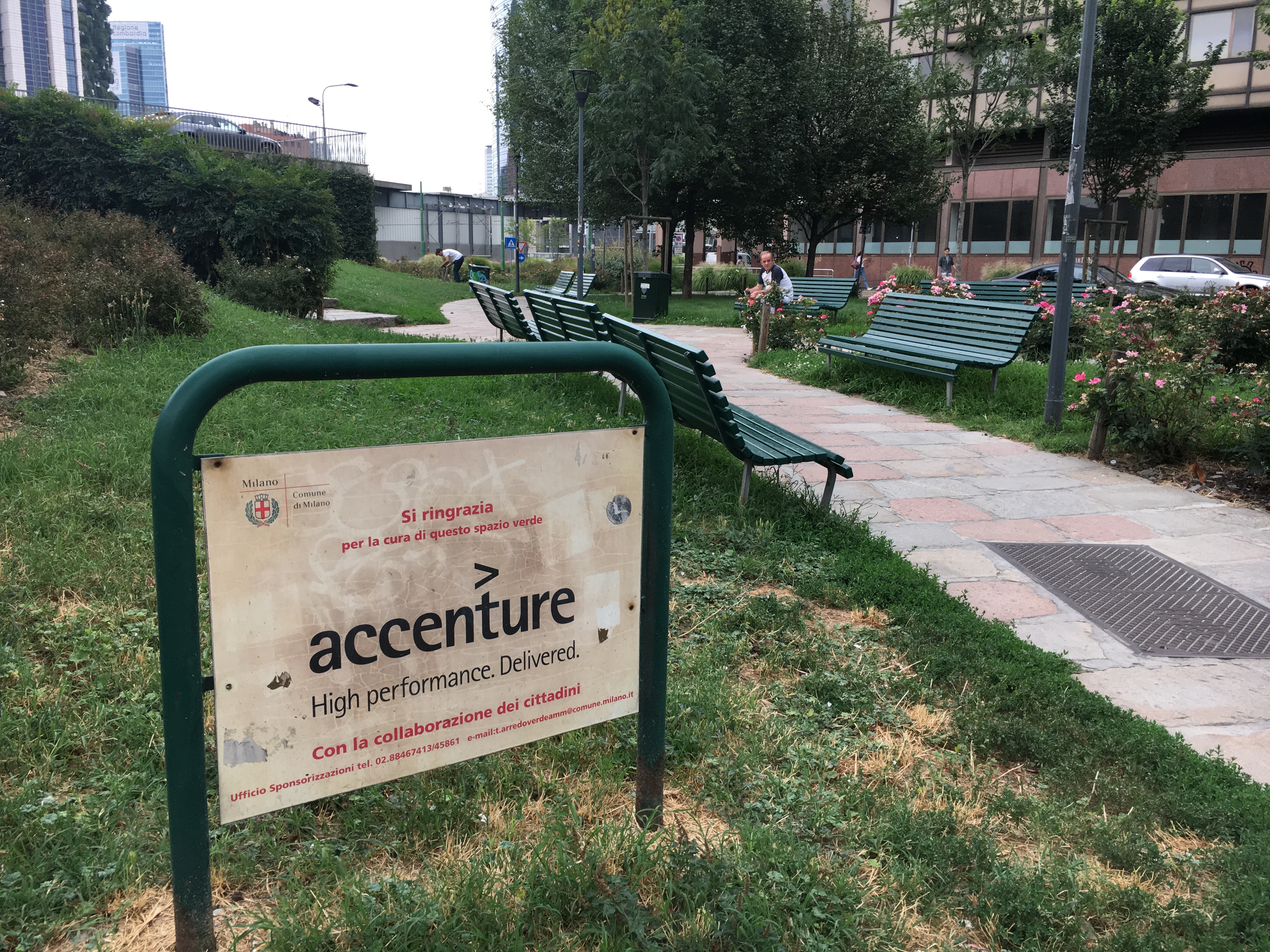During the 2nd week of the Attractive Cities summer school held at the University of Milano-Bicocca, Jim Macneil organised an Urban Reconnaissance workshop with Chiara Vitrano (PhD, GSSI) and the students. We chose the neighborhoods Isola and Porta Garibaldi as our areas of exploration, given the massive urban projects and transformations that have been taking place over the past decade.
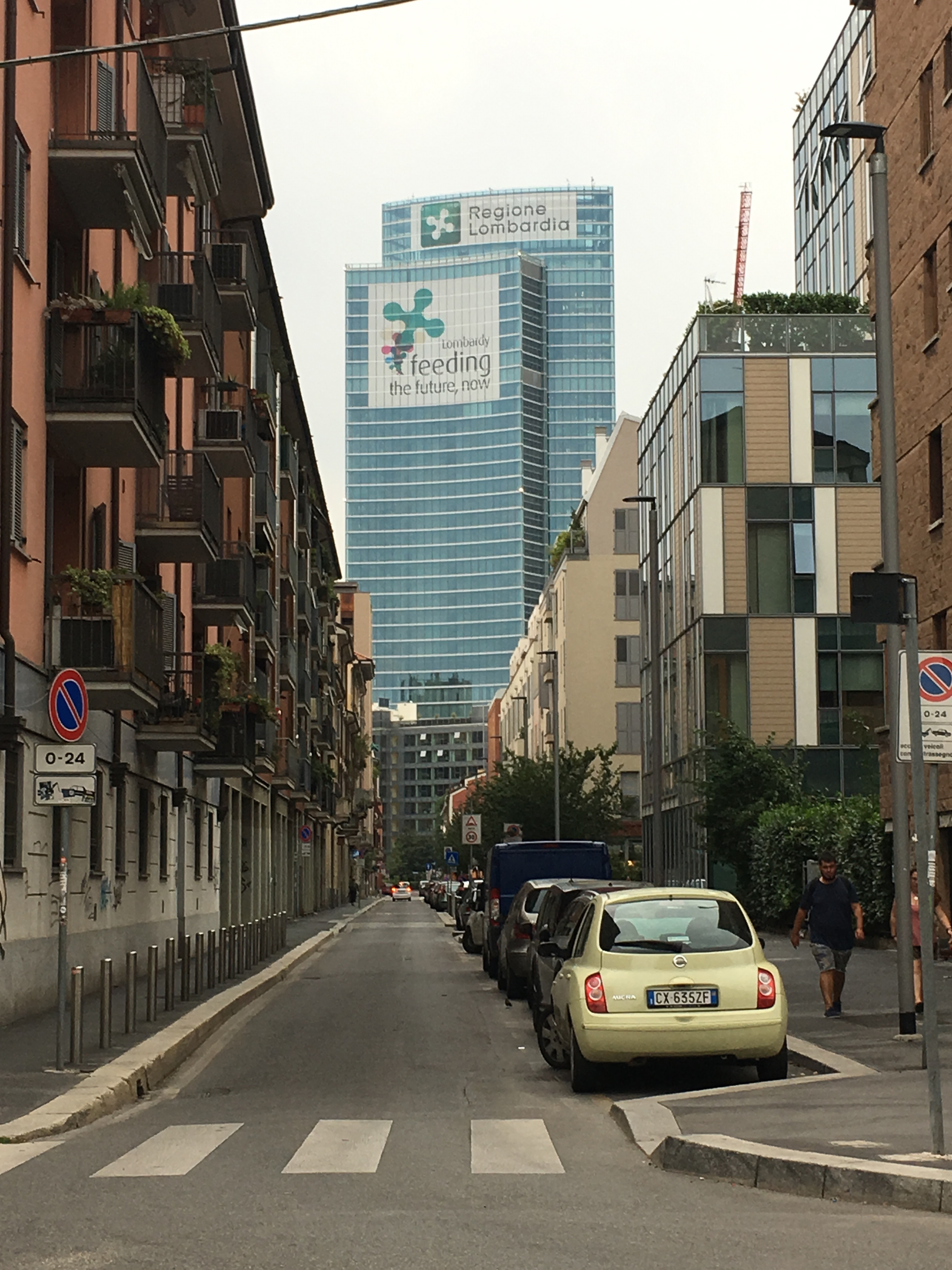
Selecting from the remaining city definitions, Chiara and I thought City of Signs would make for an interesting walk. We found the style of font of the shop facades easily indicated whether the shop had been there previously - a traditional style font, or if it was part of the new restaurants and shops inhabiting the area. Also, using English words such as “Food and Craft Beer” can be seen as a trend with the new and younger demographic settling in the area. This part of the city was quite desolate in the day, but in the evening the signs light up and the area becomes a hot spot for locals and is starting to become an evening destination for tourists as well.
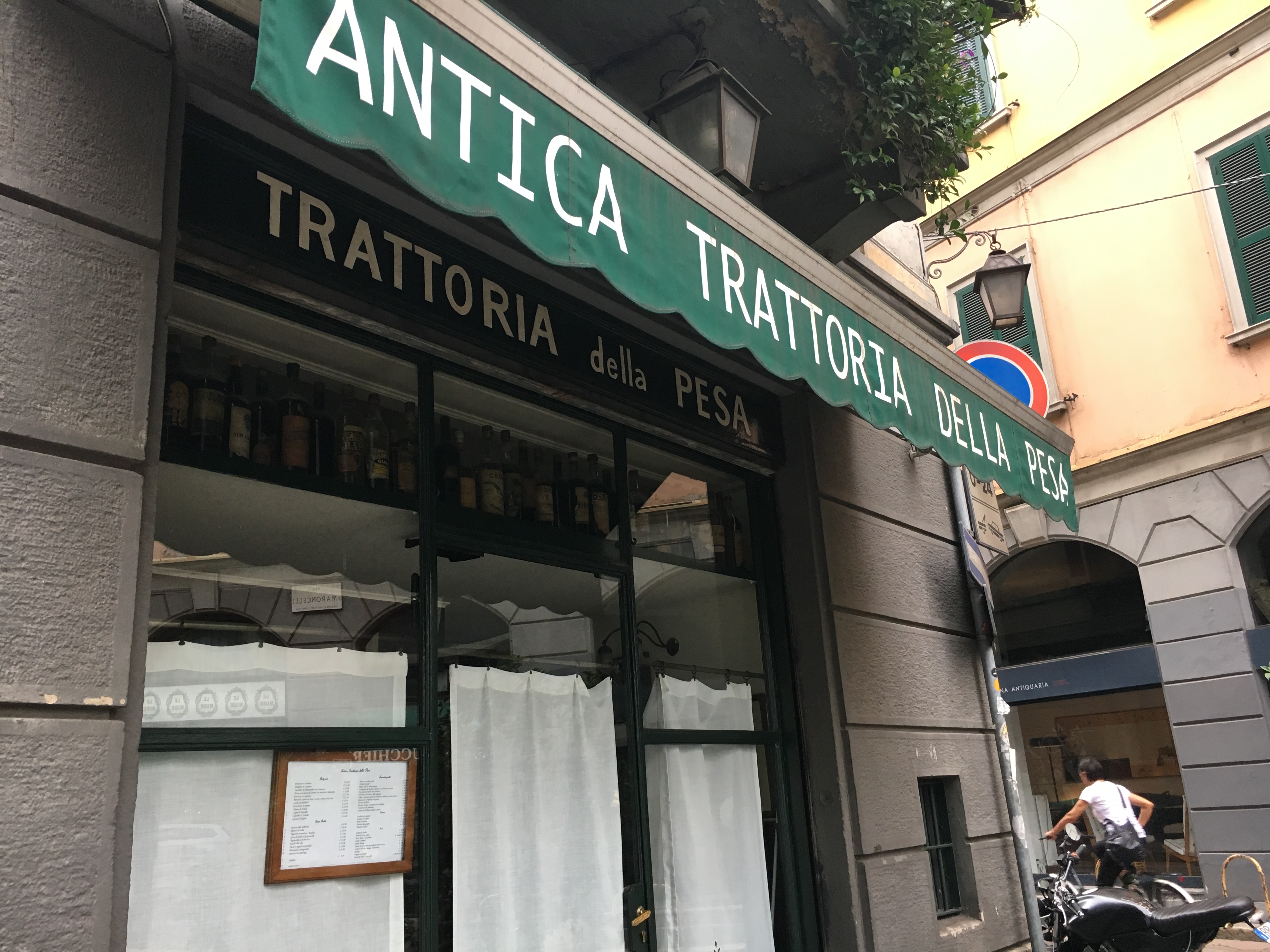
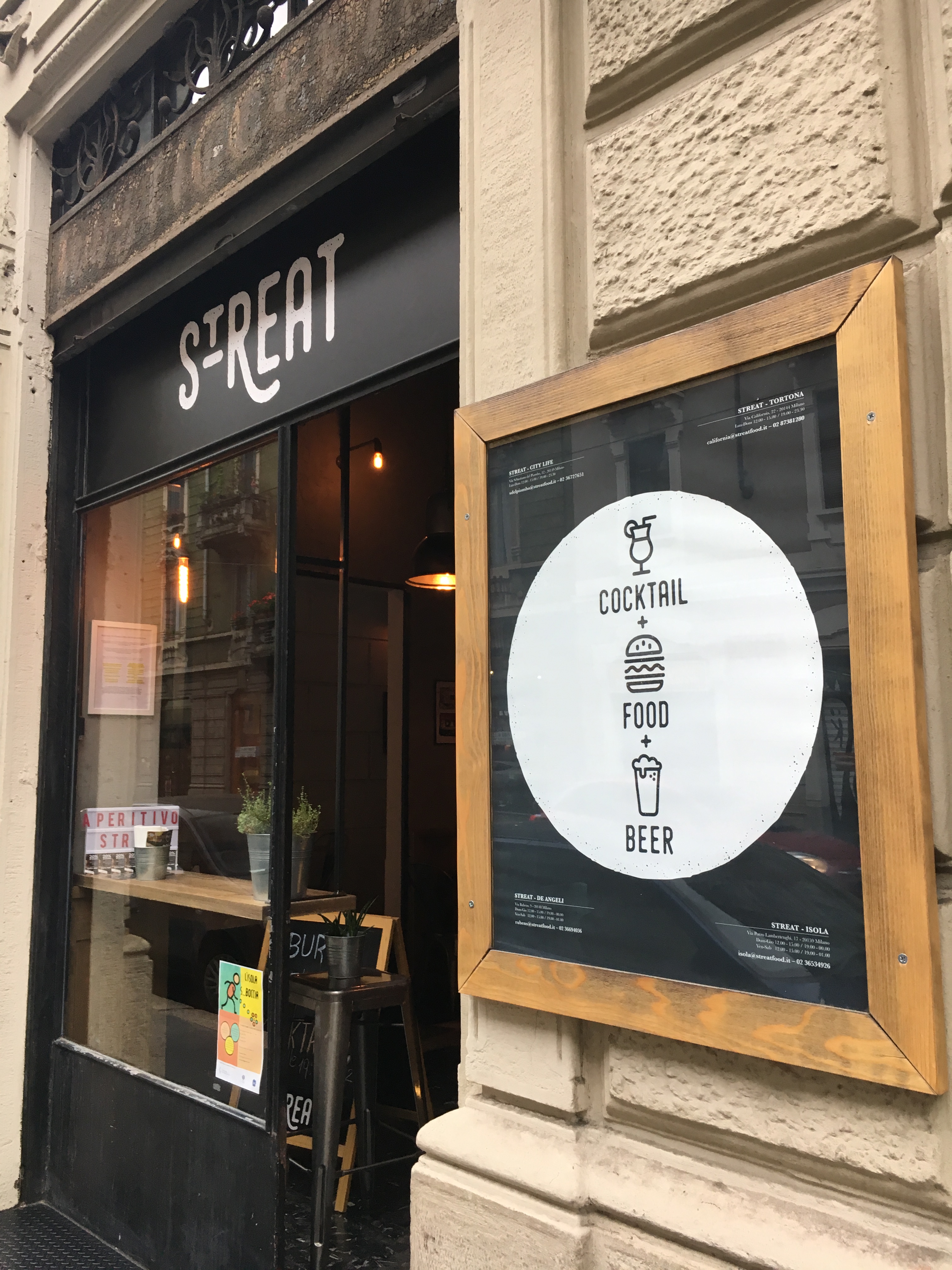
One of the more interesting things we noticed was, as Chiara explained to me, supposed to be a phone charging station located in a piazza in Isola. Instead it was packed with blankets and several other items for the homeless. While this was outside the scope of the City of Signs, and could be characterised as the Spontaneous City, it was an observation that really struck us.
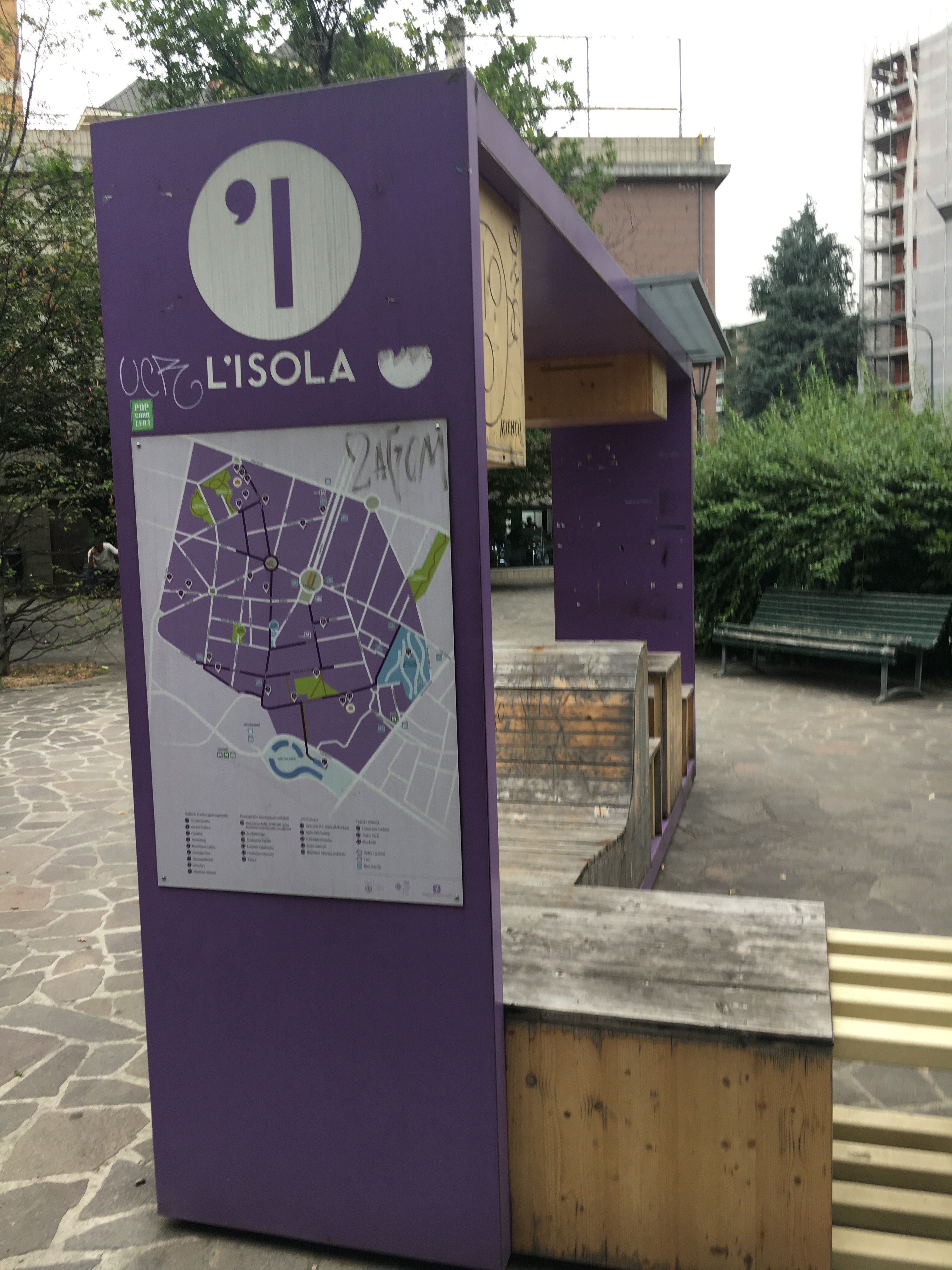
As we left Isola and crossed the less touristic overpass of Garibaldi Station, we noticed there was a big message in English on a building (albeit a little difficult to comprehend at first), clearly an advertisement for foreign investors to scoop up profitable office space next to the station. What does this say to local businesses about who this area is for?
As we were exiting from the overpass we came across a kindergarden in a decayed state and covered with graffiti – which we couldn’t tell if was abandoned or just in a poor condition – possibly a sign of the difficult times of Italy’s public institutions. However, directly across from it was an apartment building under construction, which judging by the sign “Vendesi Appartamenti di Design” (For Sale – Designer Flats) is intended for middle to upper-class families, presenting a mismatch between some of the existing public structures and the newly built private ones.
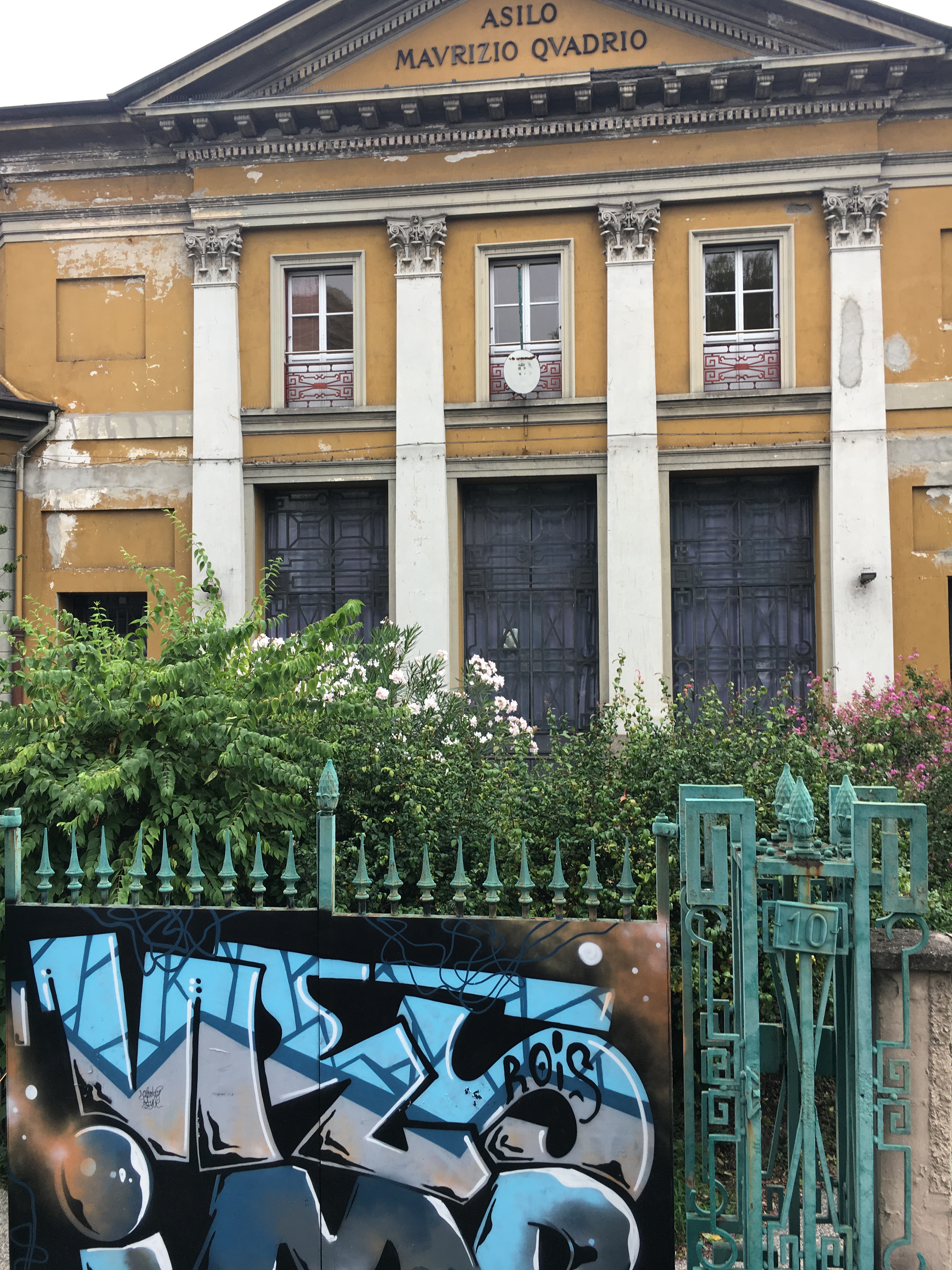
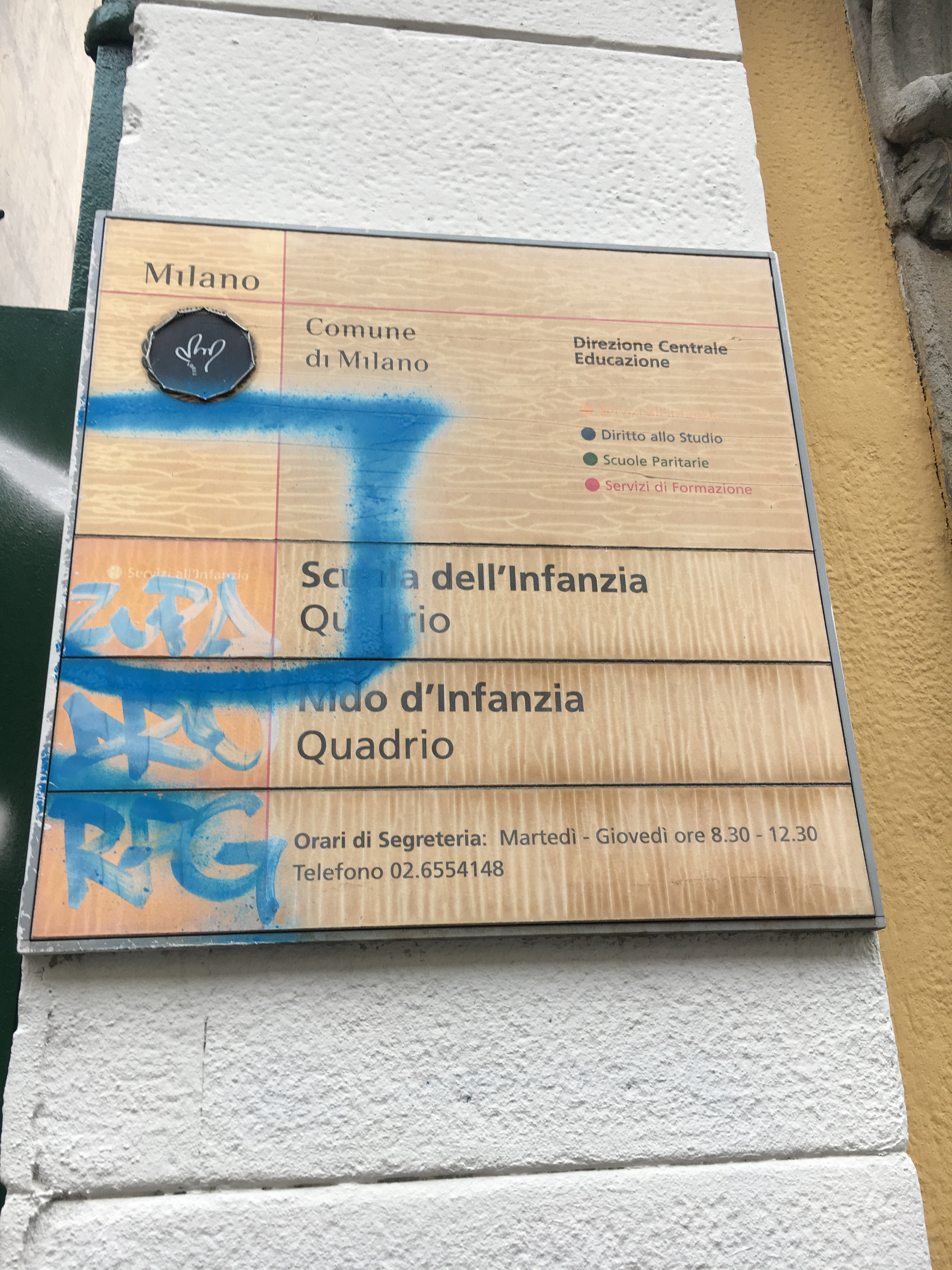
Another sign that was surprising to Chiara was a sign that indicated a public park was taken care of thanks to a collaboration with a private company, also located in the across from the kindergarten. These types of public-private partnerships are commonly found in countries like the United States – where I come from - one that believes that the private sector can provide better public services over a strong welfare state. Looking further into it, I found out that that the company was located directly next to the park.
Living in Milan and knowing well the transformation of character taking place in the area, from a working-class one to a neighbourhood that is rapidly gentrifying, exploring the area and letting the signs guide us allowed us to examine these changes under a different lens, giving us a new perspective on how to view the city.
